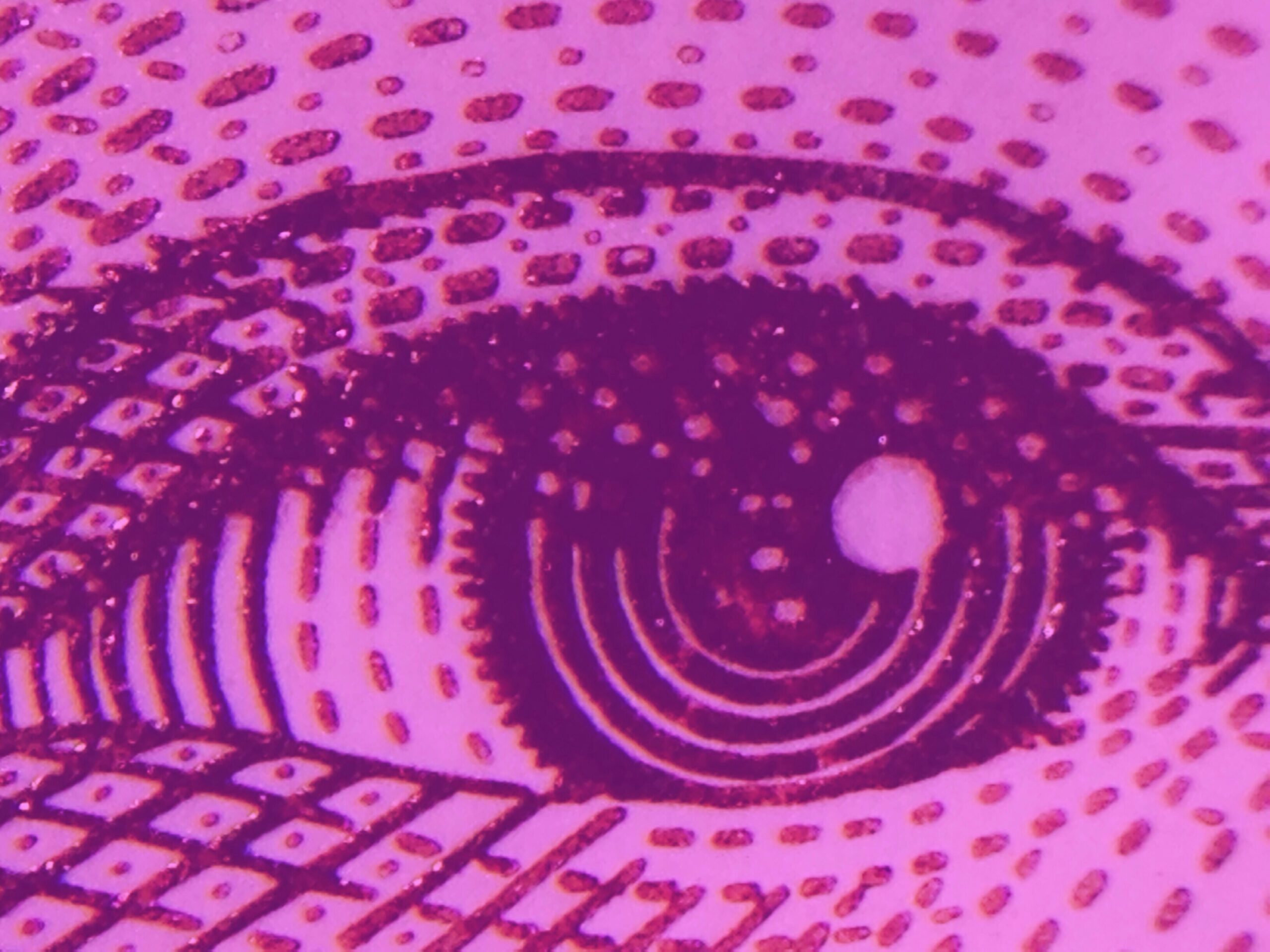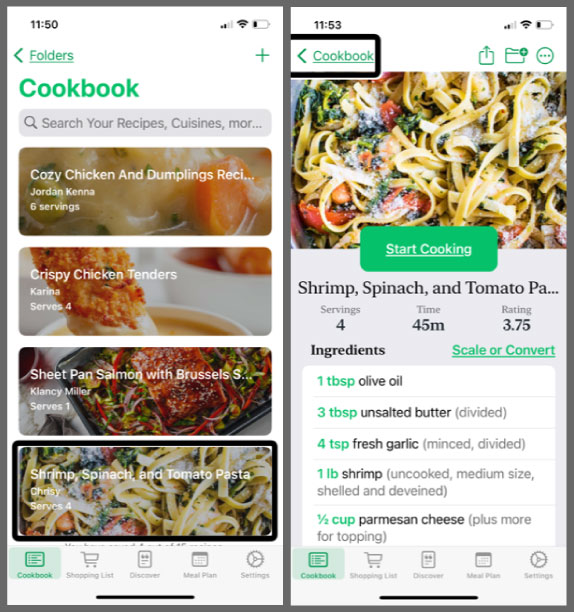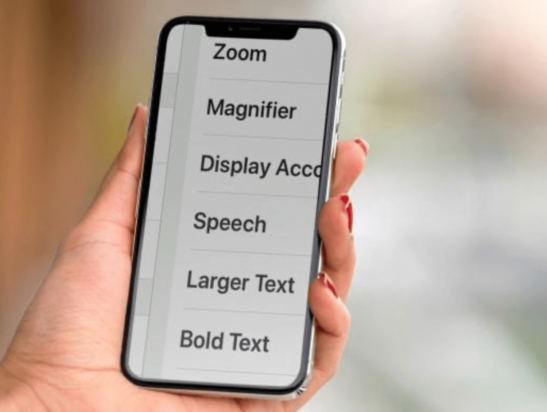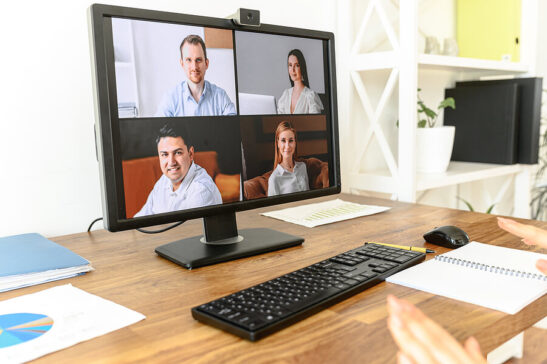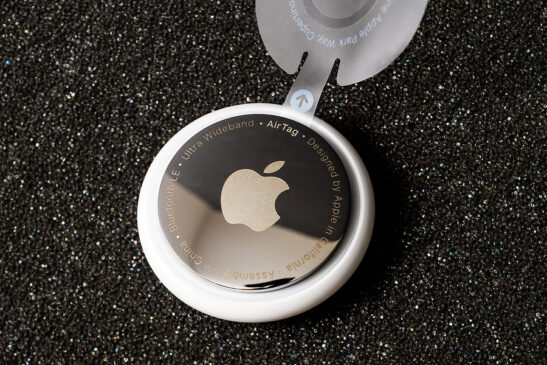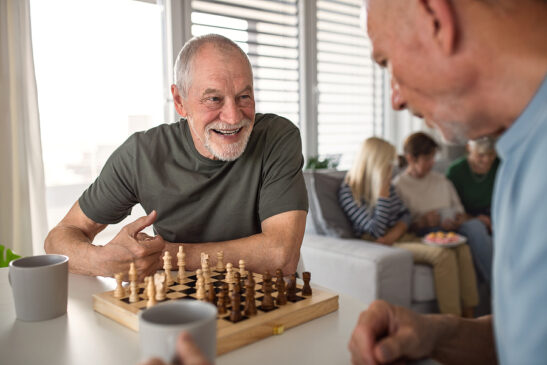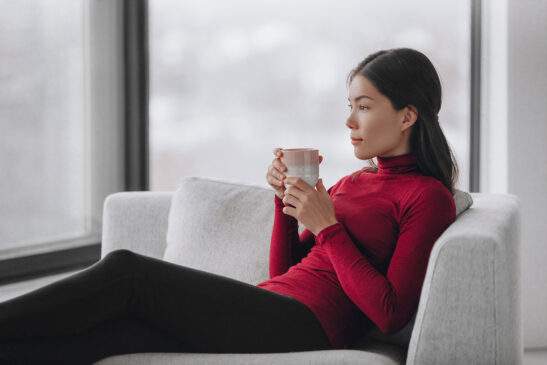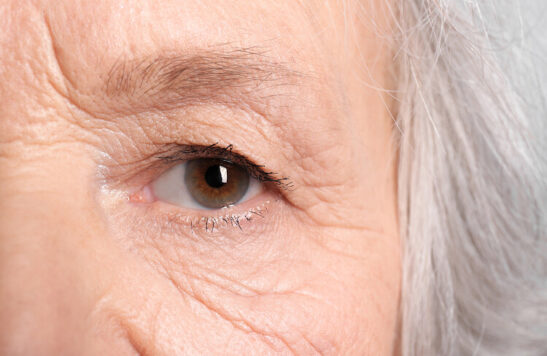The spectrum of vision runs on a scale from normal sight to low vision to blindness. According to the Cleveland Clinic, “Low vision is vision loss that can’t be corrected with glasses, contacts, or surgery. Low vision can include blind spots, poor night vision, and blurry sight. The most common causes are age-related macular degeneration, glaucoma, and diabetes.” They further estimated the prevalence of low vision at “one in six adults over age 45” and “one in four adults over age 75.” The term “low vision” is not well known by the general population and is mostly utilized in clinical settings.
The fact that vision loss is uncorrectable does not mean there is nothing we can do to mitigate the effects. To inspire that effort, and to recognize Low Vision Awareness Month, here is a collection of OE’s best content on the subject. It’s all about Making Adjustments.
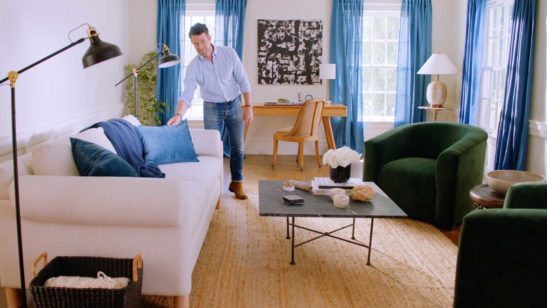
Nates Low Vision Makeover
Nate Berkus is looking at home design through the prism of low vision and we are delighted to receive his expert advice. He knows color contrast and he knows lighting. He knows how progressive vision loss can make it difficult to see the details in your own living space. He understands this because his grandmother had macular degeneration. Read Now

Your Smartphone is a Comprehensive Low Vision Device
Living with vision loss, like living in a pandemic, requires us to accept change and embrace technology. Digital access is no longer an option, it is a necessity. Every patient experiencing changes in vision should know there is a multitude of accessibility options, available in their smartphones (and tablets), designed to help compensate for low vision. Read Now

with granddaughter.
What’s Up With Smart Glasses?
Smart glasses are evolving, but still not quite the ubiquitous, mainstream, vision-enhancing devices we were expecting. Low vision users should evaluate the options carefully, for specific tasks or purposes, and always try before you buy. Read Now

10 Kitchen Tips For Low Vision Cooks
Whether you feel cooking is a joy or a means to a meal, low vision necessitates some adjusting in the kitchen. Here are some tips to consider as you keep yourself and your loved ones nourished. Read Now
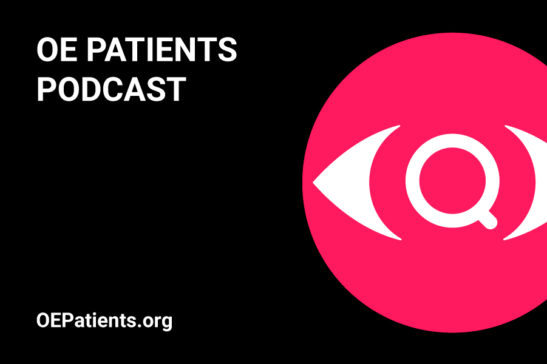
white OE Patients logo.
Episode 4: Must Know Info About Adjusting to Low Vision
Too many patients with low vision believe “nothing can be done” to improve their quality of life. In this episode, Dorrie Rush and Jaydan Mitchell are busting that myth with a review of just the basics everyone needs to know about living better with vision loss. Listen Now

laughing together.
Living Better with Low Vision
A recent statement by the American Academy of Ophthalmology (AAO) was eye-opening, to say the least. They noted the number of older Americans with low vision will likely double in the coming years, and stated, “the tragedy isn’t that people have lost vision, it’s that most believe nothing can be done to improve their quality of life.” The ill-informed belief that “nothing can be done” is a false narrative that we are working to correct. Read Now.
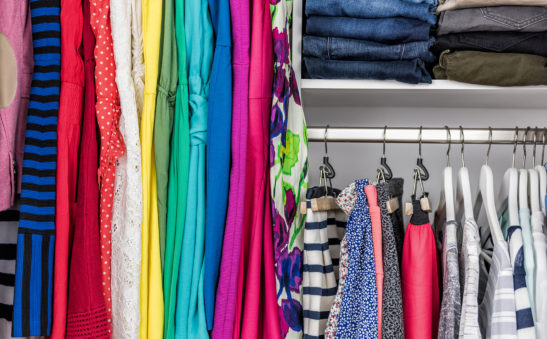
Low Vision Awareness: Time to Get Organized
Getting organized is key to living successfully with low vision. It may not be as easy to look for things as it once was. A neat and tidy environment will compensate in substantial ways. Think about how nice it is to open a drawer and find exactly what you’re looking for because it is right where you left it. With low vision often it is easier to put our hands on something before our eyes see that it’s there. Read Now

The Hottest Low Vision Gifts
We’ve got the ultimate low vision gift guide. The curated selection you’ll be delighted to give or get, includes a wide range of price points. Some gifts don’t cost a thing, because the gift of empowerment is priceless! Read Now
This collection was previously published Feb 16, 2021 and updated Feb 14, 2023.
